Cambodia Day 6, Part 2: Koh Ker Region Ruins
From Beng Mealea I had another long ride to Koh Ker area, which is even further northeast and closer to the border with Thailand. The temples here were some of the most inaccessible until the recent landmine removal and the construction of a toll road.
My guesthouse guide - whose name I couldn't have spelled a the time and which I sadly can't remember now three years later - took me to a series of little monuments, which were mostly ruined. I didn't learn the names of most of the temples, but each stop did have its own character so I'll give them my own names. The Forest Temple was most notable for the trees that had used the brick towers as shortcuts to great heights.
The massive root system probably caused most of the cracks in the brick walls, but at this point they were also almost certainly all that was holding them together.
The insides were fairly intact, with a small coverable pit that was probably used in rituals:
The Temple of Smoke was notable for clearly being in current use, and for the blackened walls that were probably from smoke. The ground had been raked, and small nuts had been arranged into a symbol set before the approach to the temples.
The shrine inside was set up recently.
I don't know if there was uncontrolled damaging fire, or if smoke from intentional firepits were enough to blacken the walls over the centuries, or if the walls were intentionally cleared of growth using fire.
The walls were blackened all the way around the building.
The next few stops were more ruined than not. The Temple of Animals had some carvings scattered around the area where a tower had fallen.
You can see my guesthouse guide behind the lion statues. He was rather shy and stayed out of the way after pointing out the temples.
The Burning Temple had even more evidence of fire (and fire damage?). Again the leaves had been raked to make the temple grounds clear, though this time I could see the leaves in a burn pile.
There were gaps in the remaining walls to the extent I was surprised that there was even that much standing.
The Mound Ruin was mostly interesting for contrast. Seeing how much temples can degrade in the jungle over the centuries made me astonished at how well the other temples were preserved.
The Temple of Pillars and Linga was one of the largest temples we stopped at in the region.
There were some interesting architectural and decorative elements that I hadn't seen anywhere else.
Some of the pillars were covered in writing.
The doorways were quite low, but that let me easily admire the ornamentation above them.
This temple also had notable linga, the phallic fertility symbols of Shiva.
One linga in particular was huge.
Like the smaller linga I'd seen, the cylinder was inside an octagon inside a square.
When in use, water would have filled the square and flowed out a hole in the wall.
From the anonymous (to me) temples scattered throughout the forest we took off for Prasat Krahom and Prasat Thom, the jewels of trhe Koh Ker region.
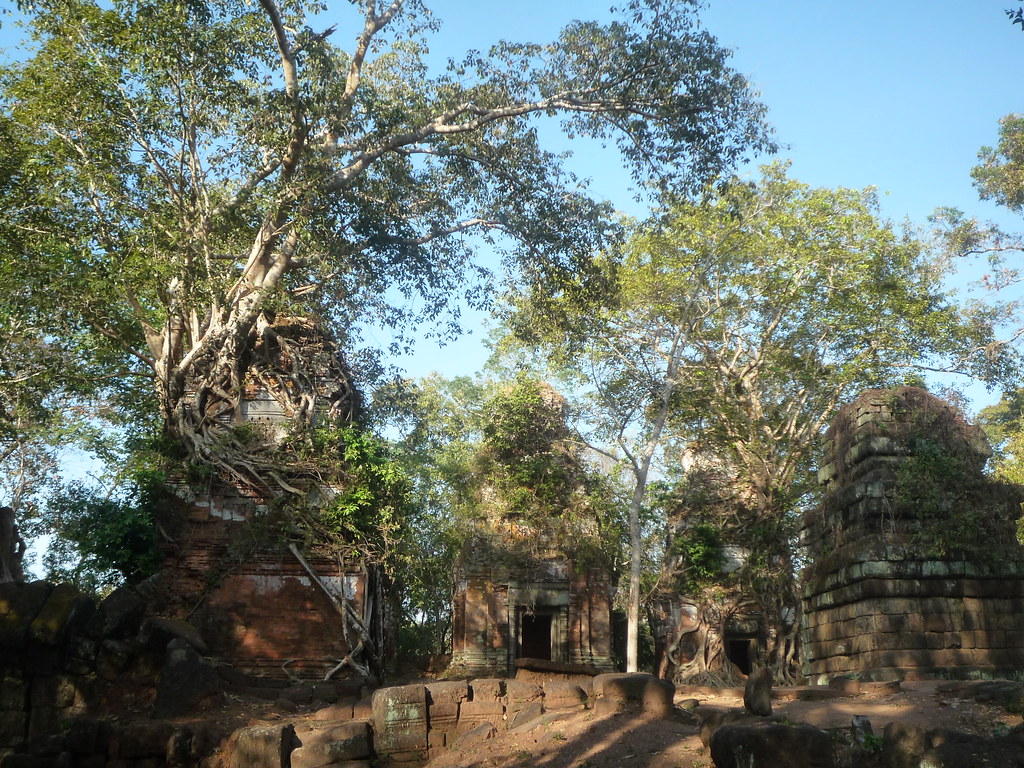
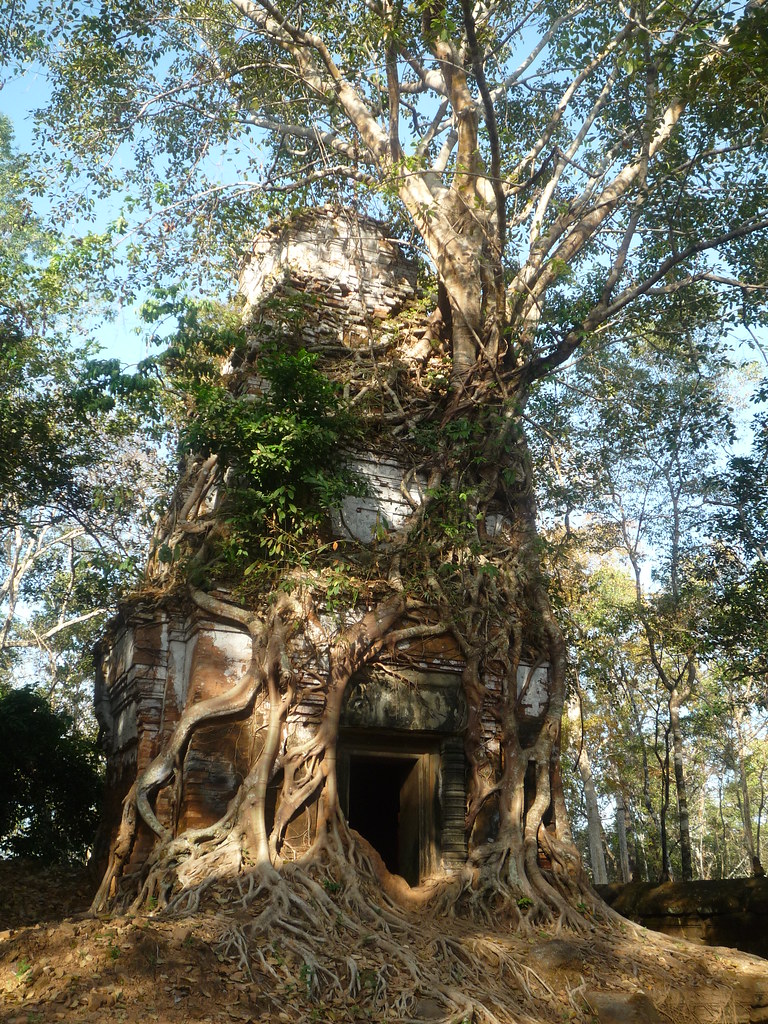
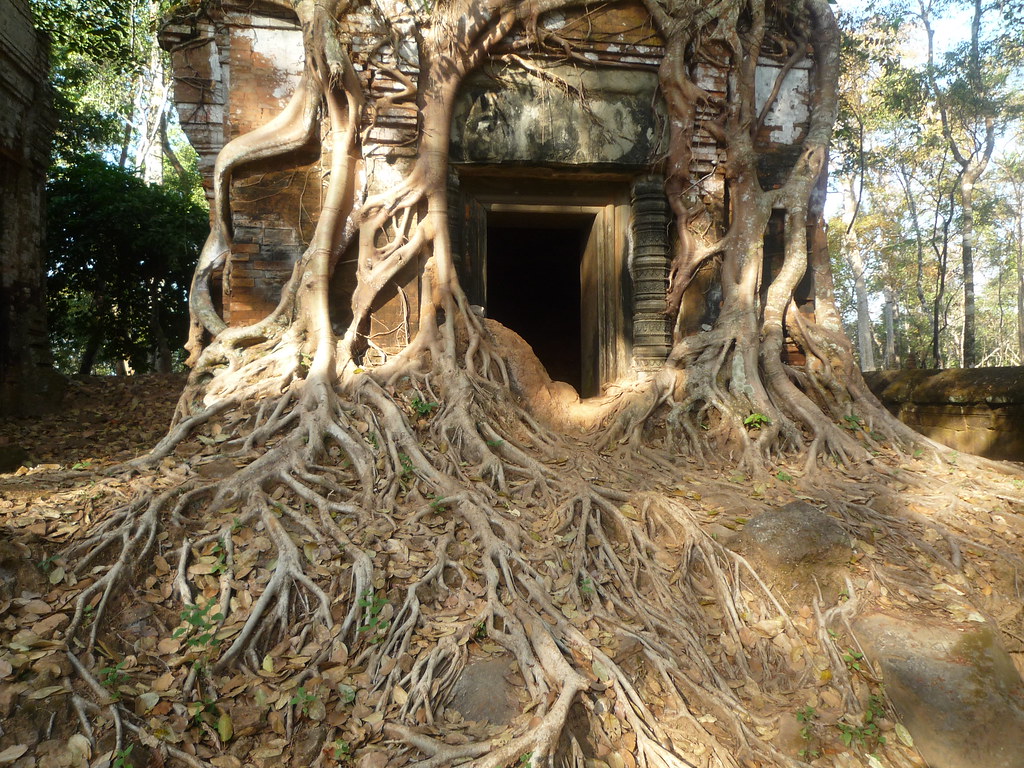

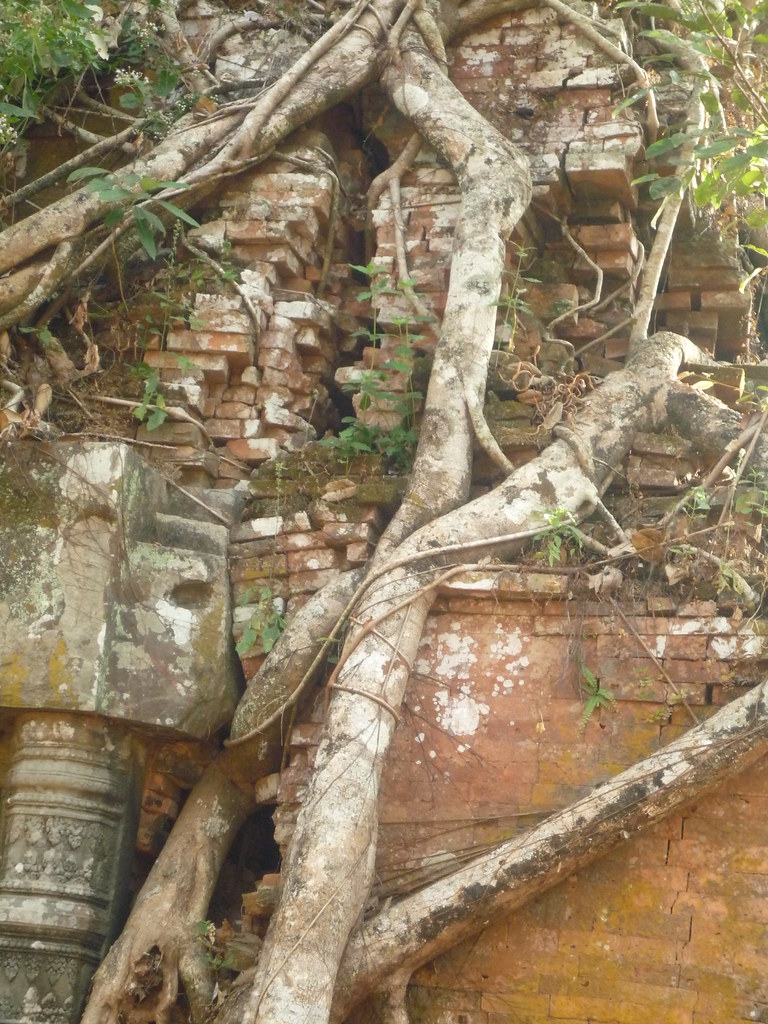
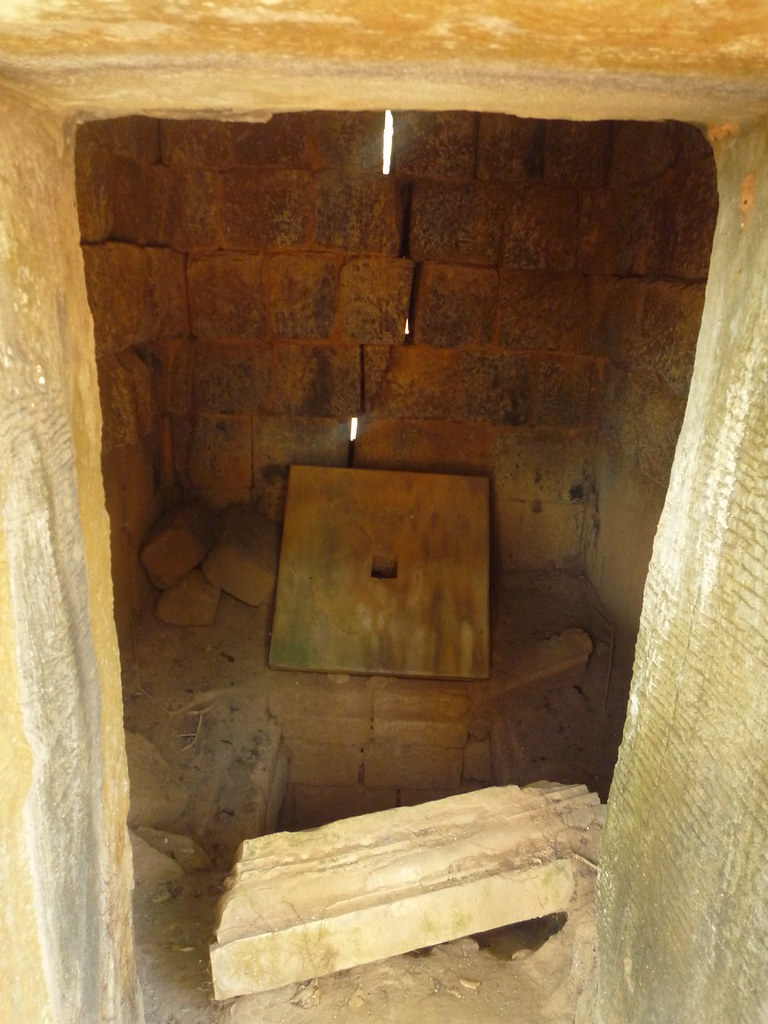
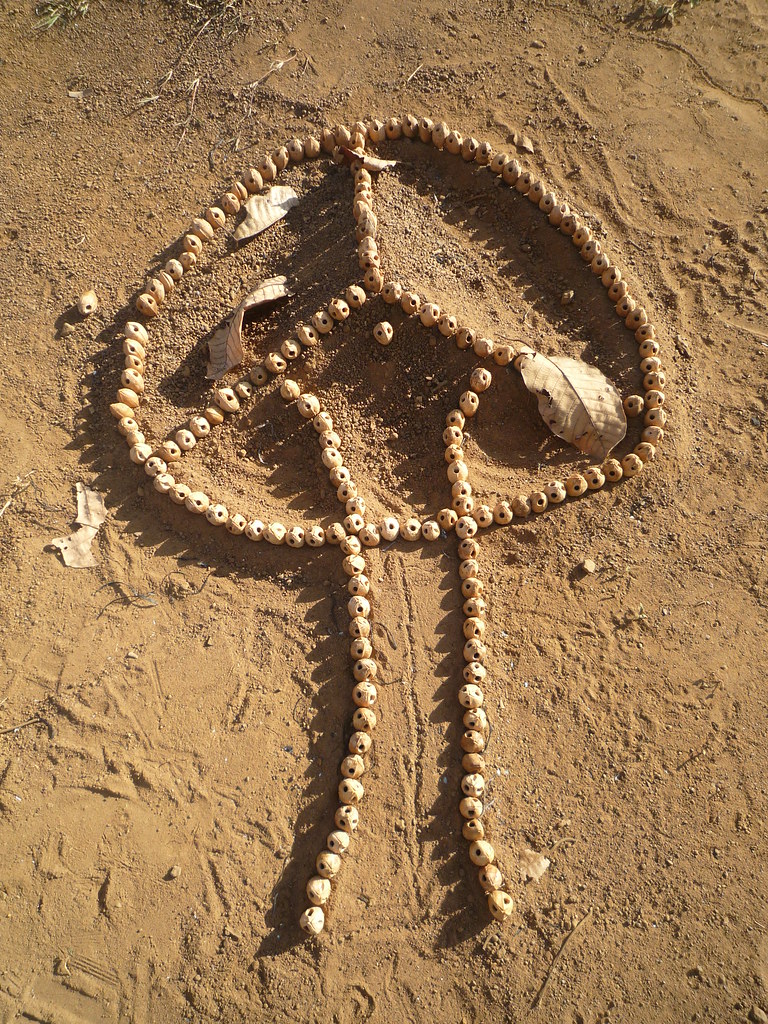
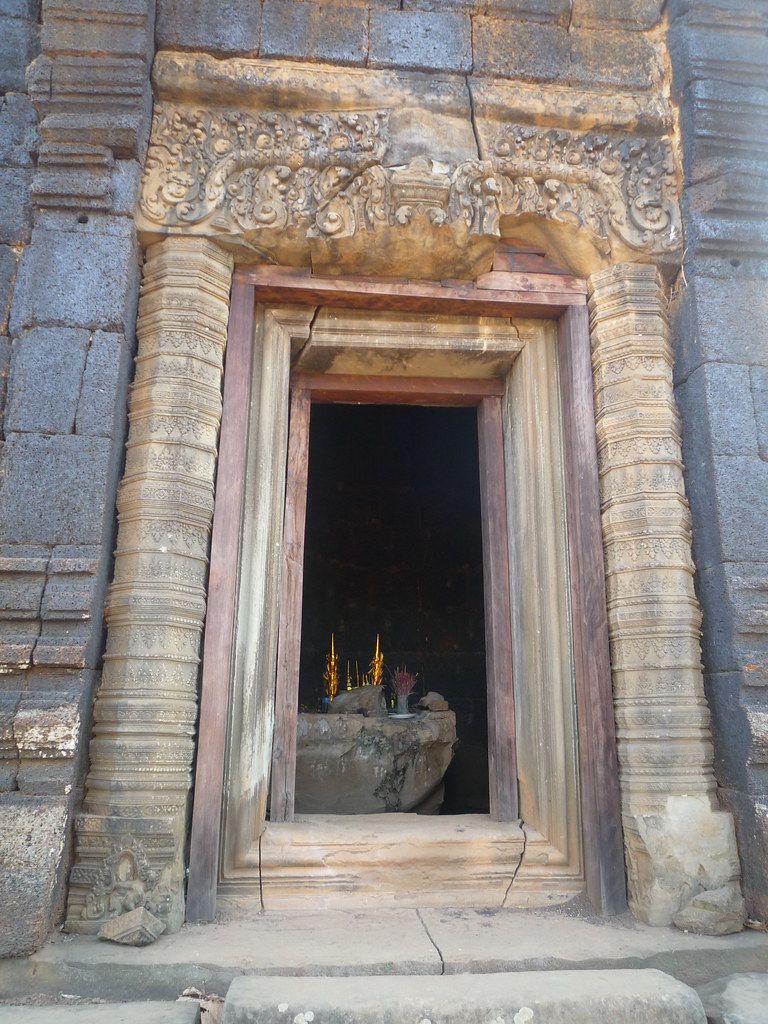

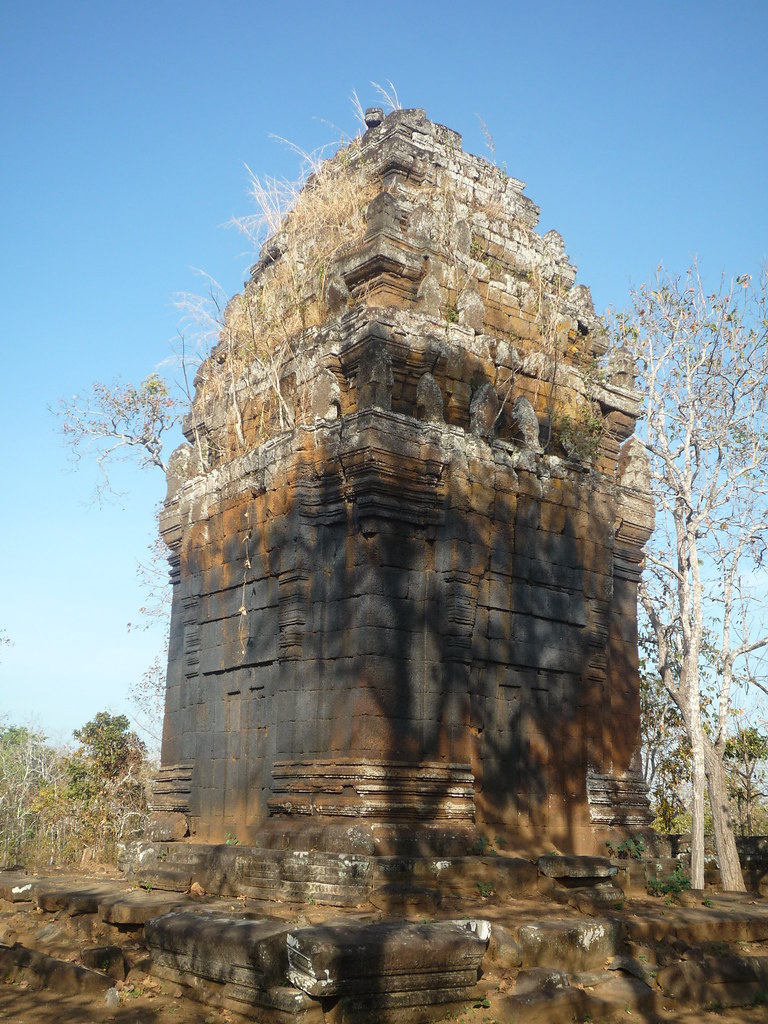
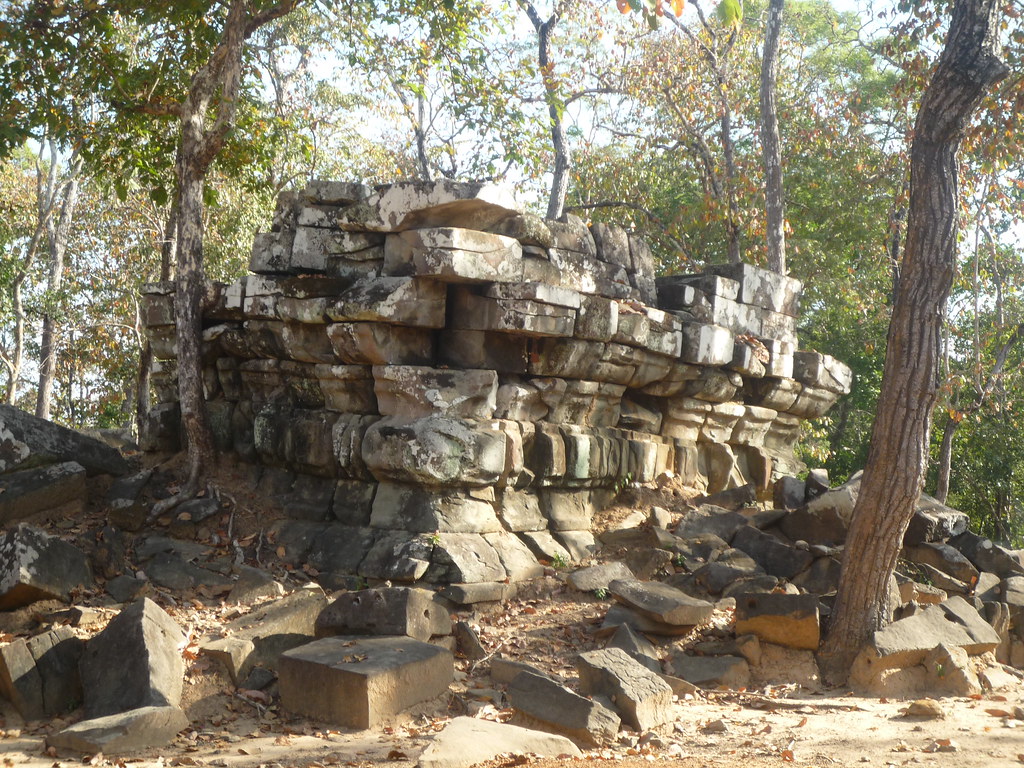
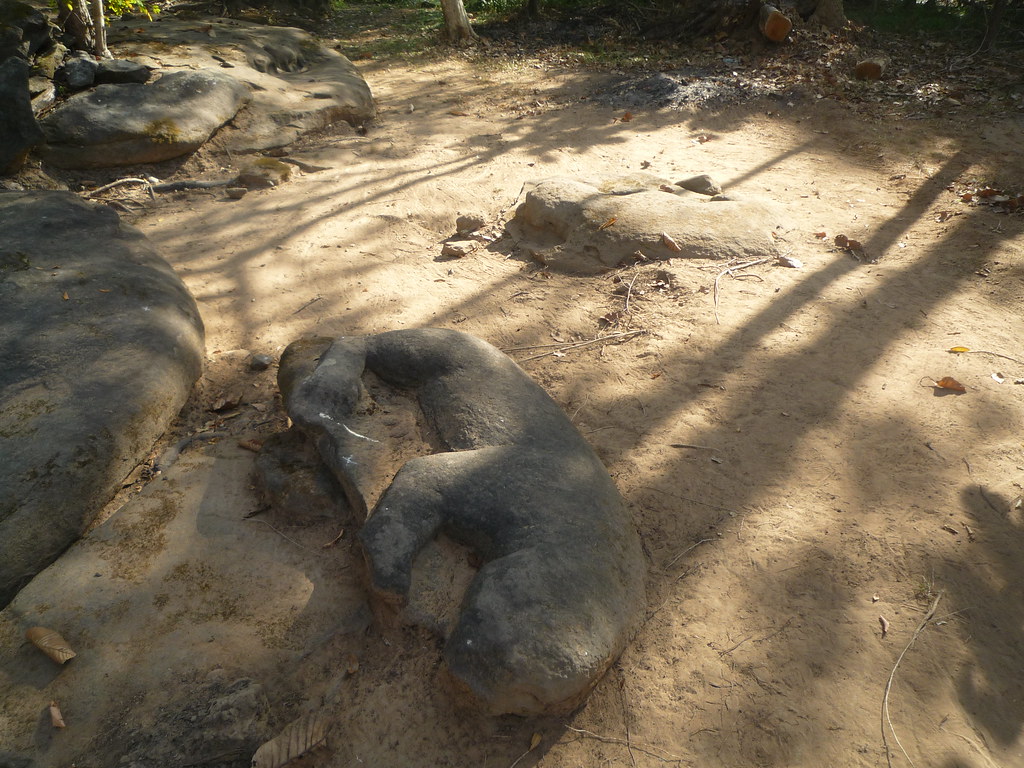



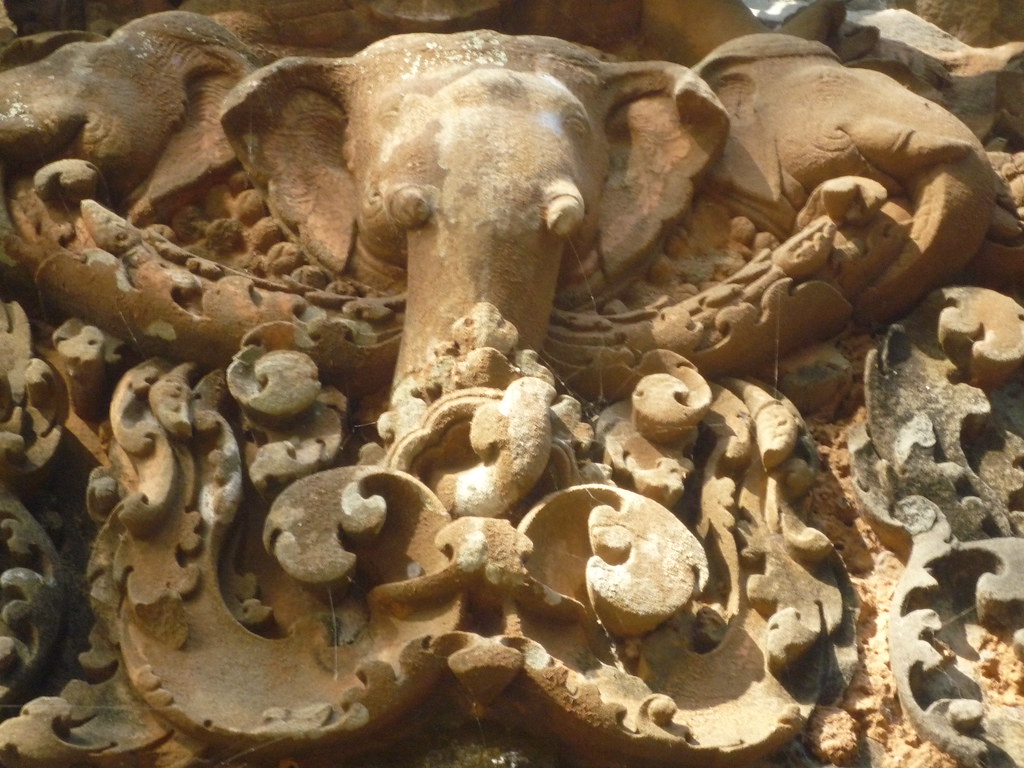

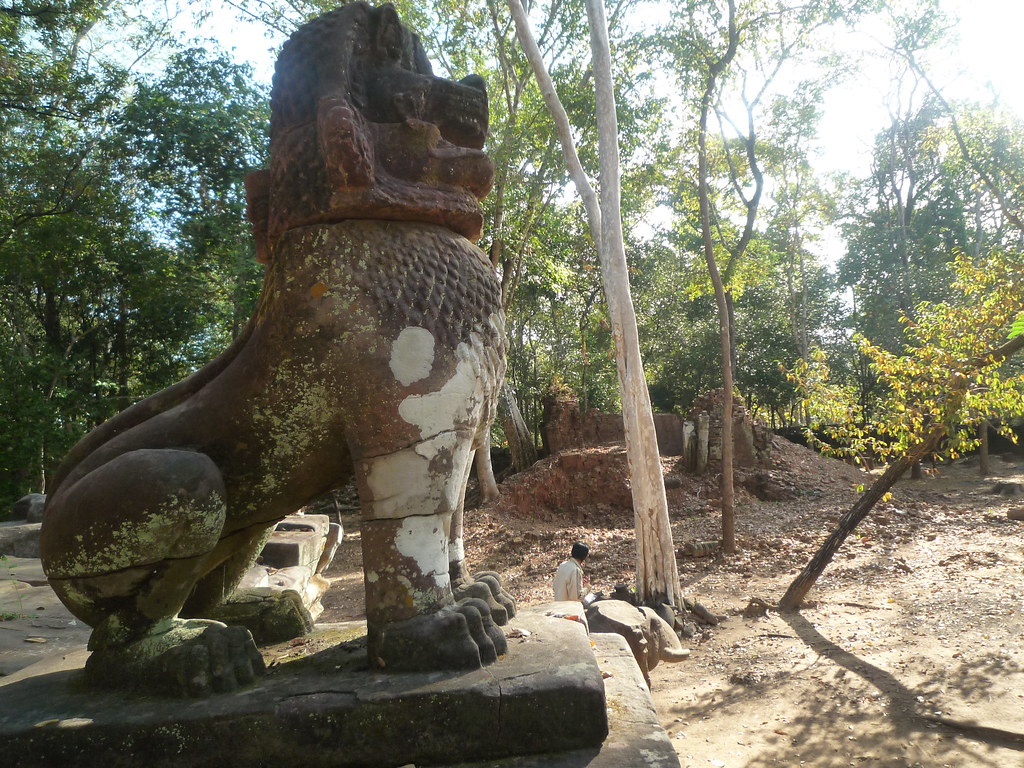
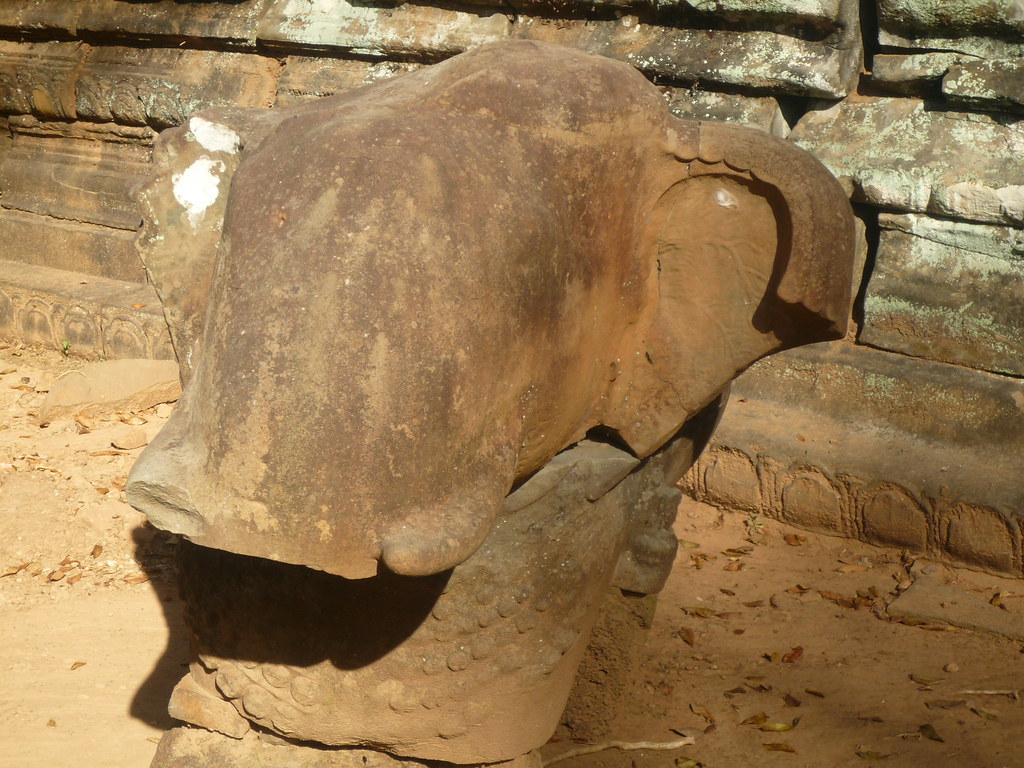
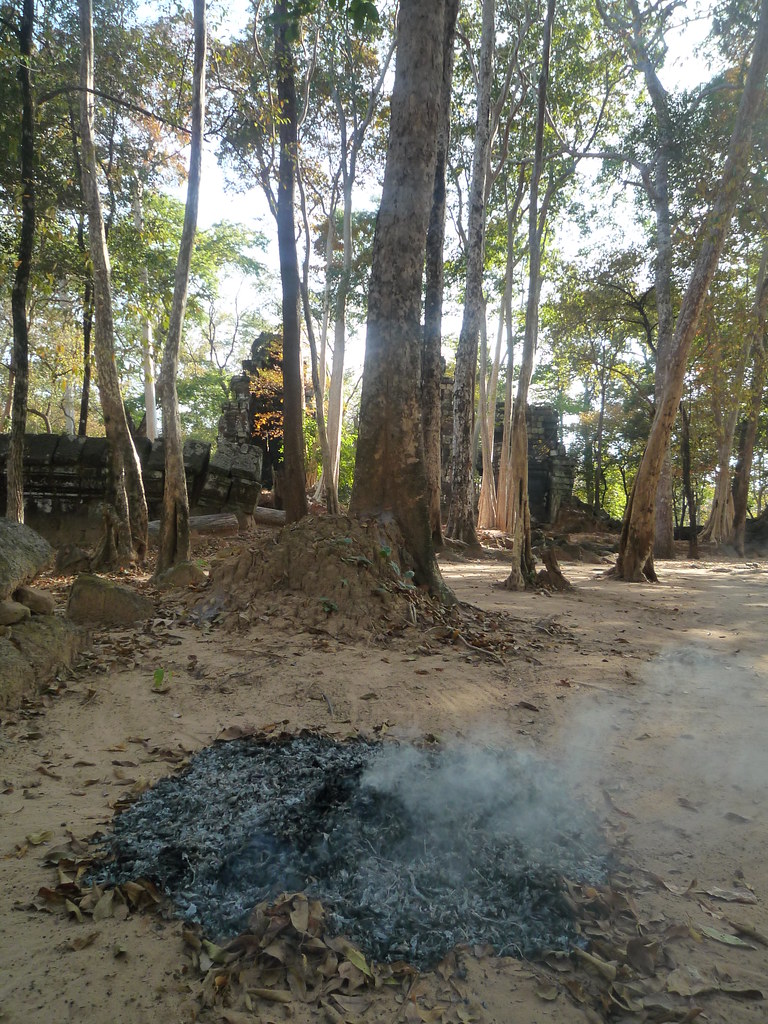
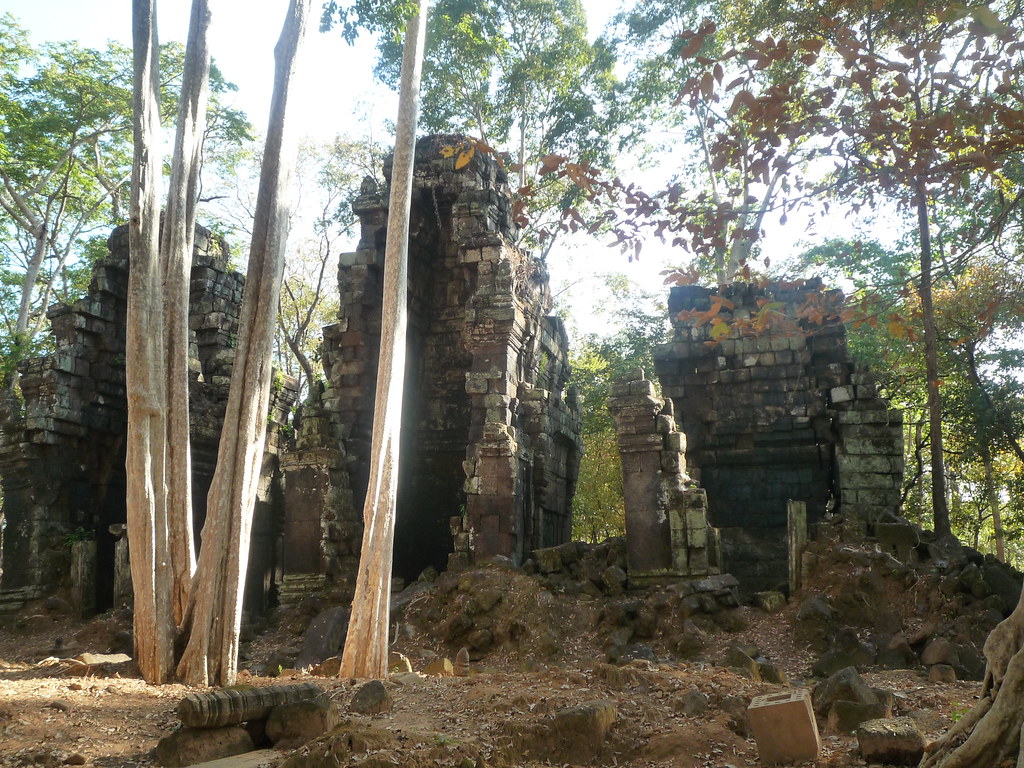
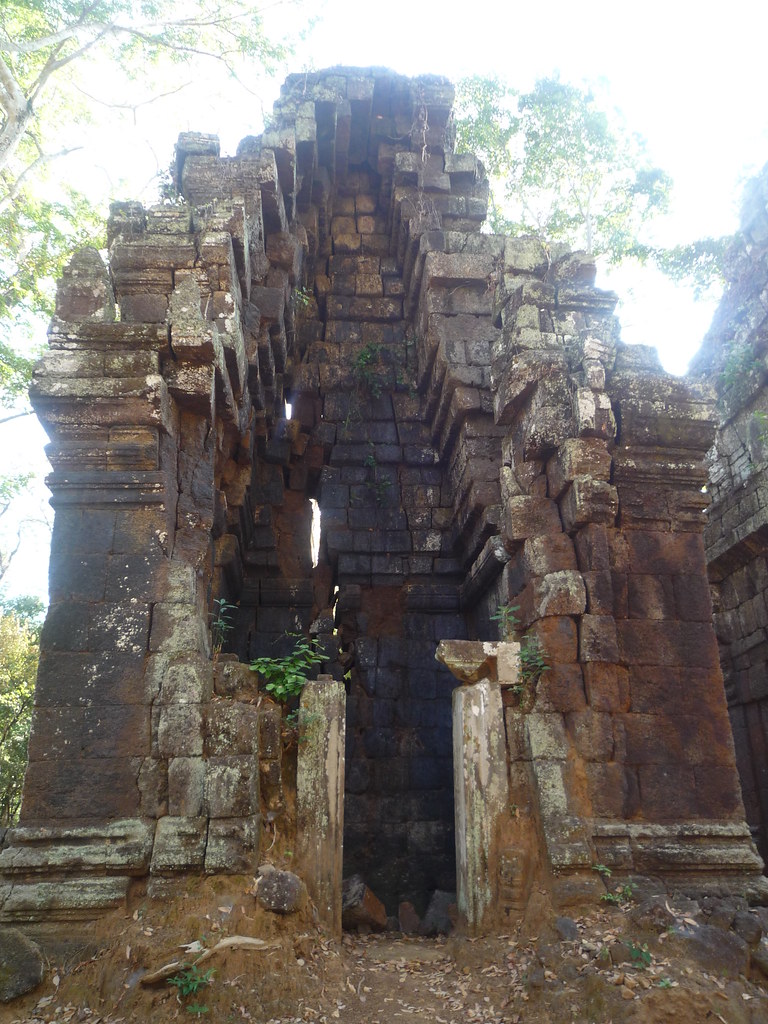
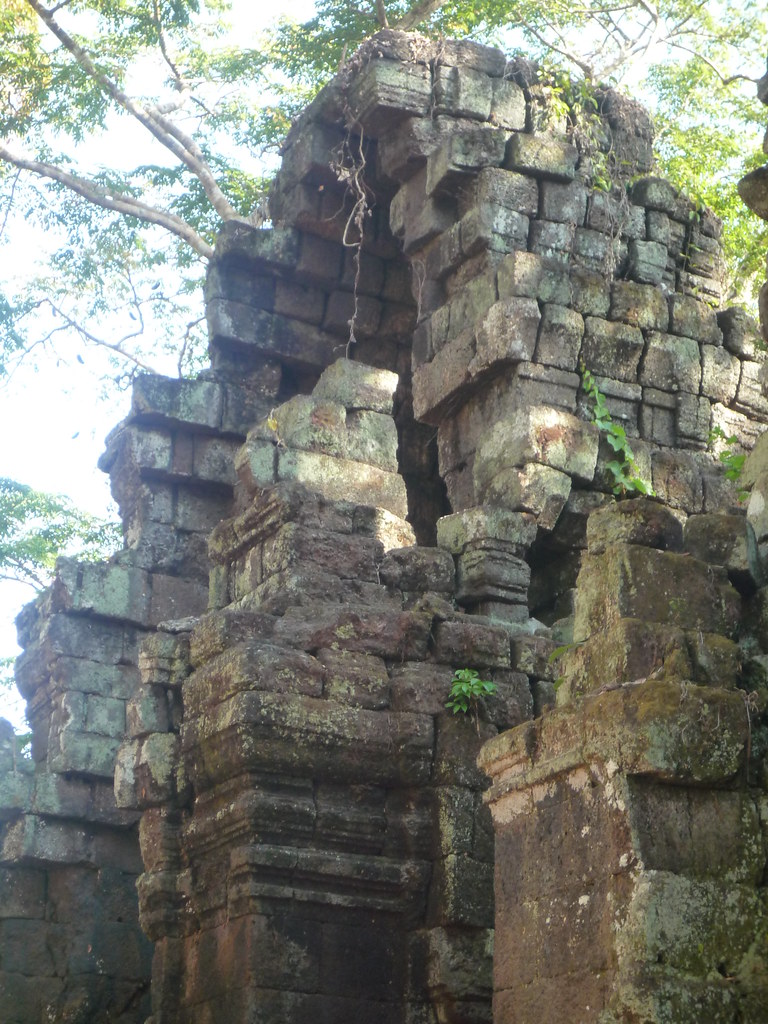
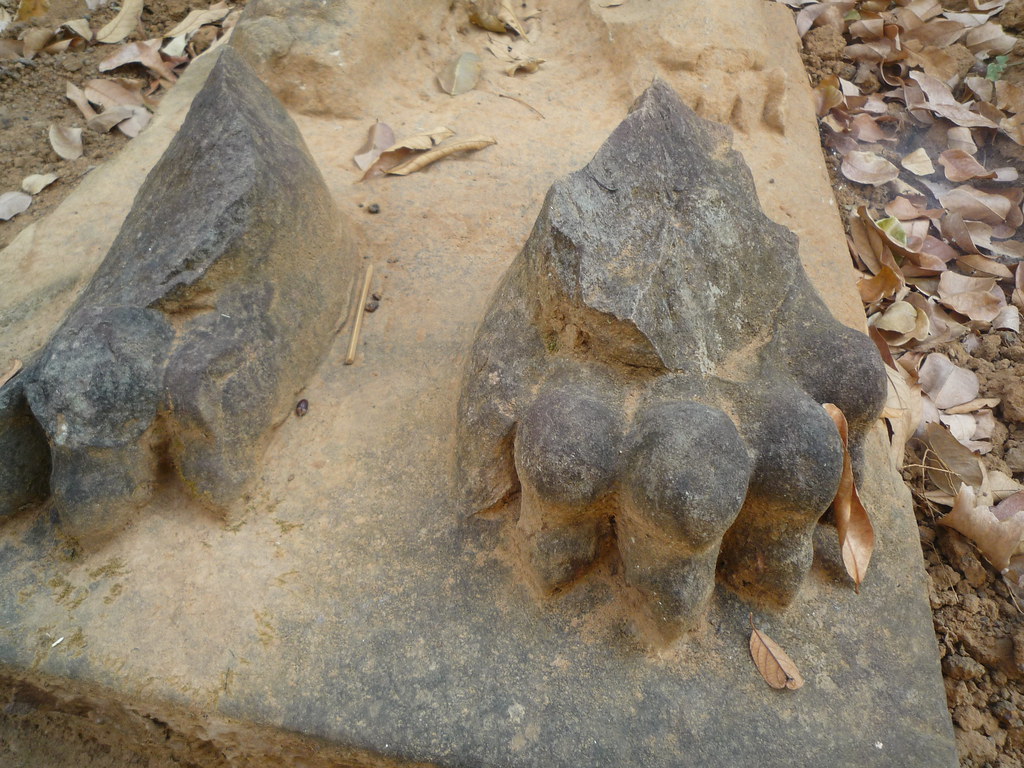


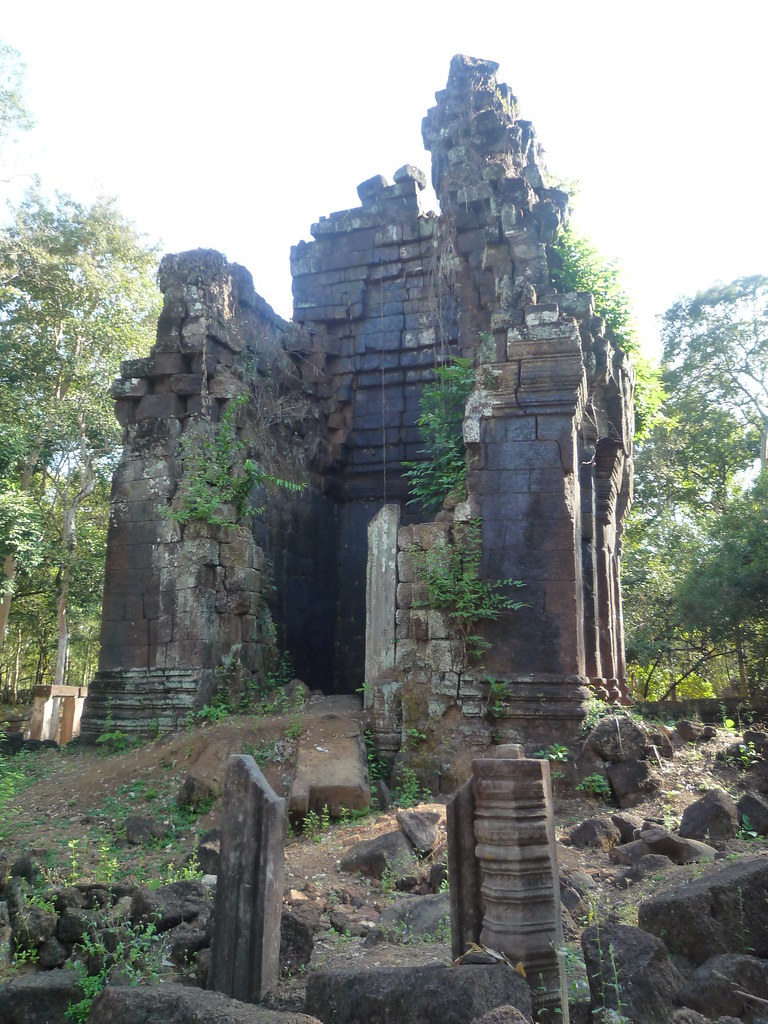
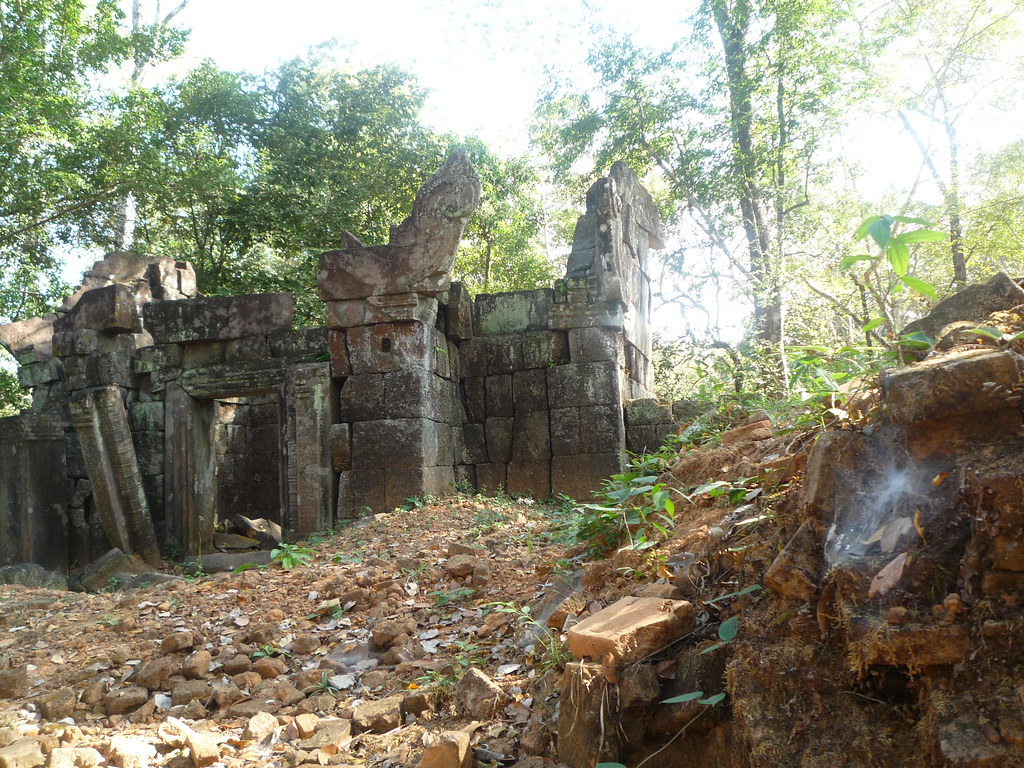
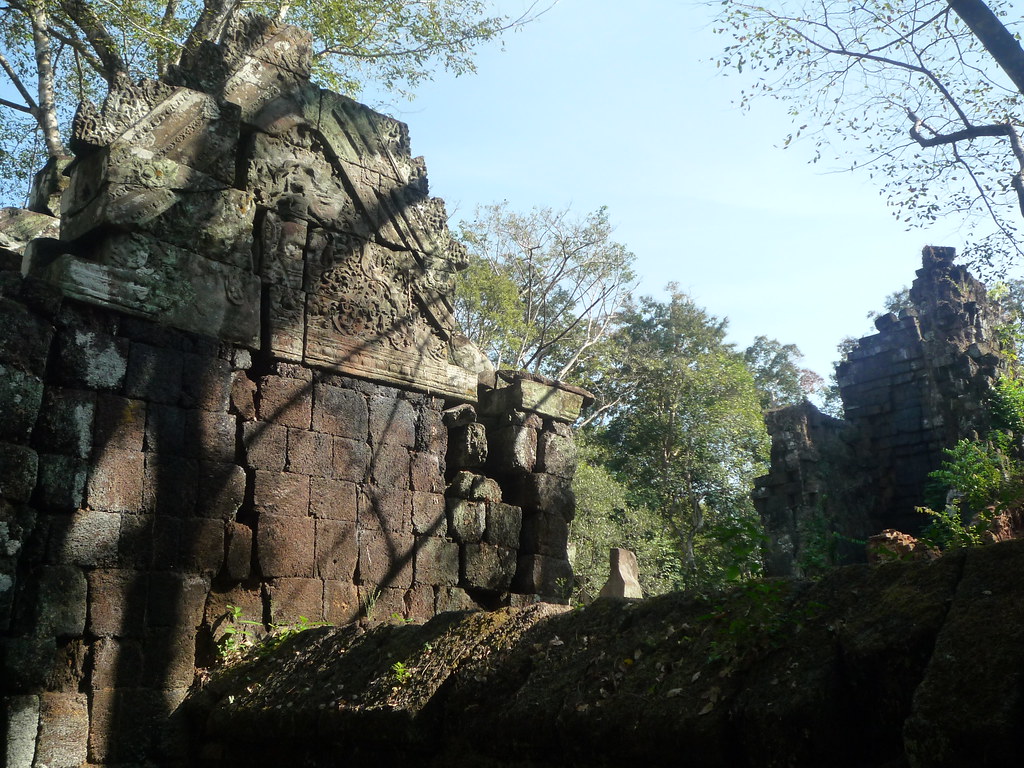
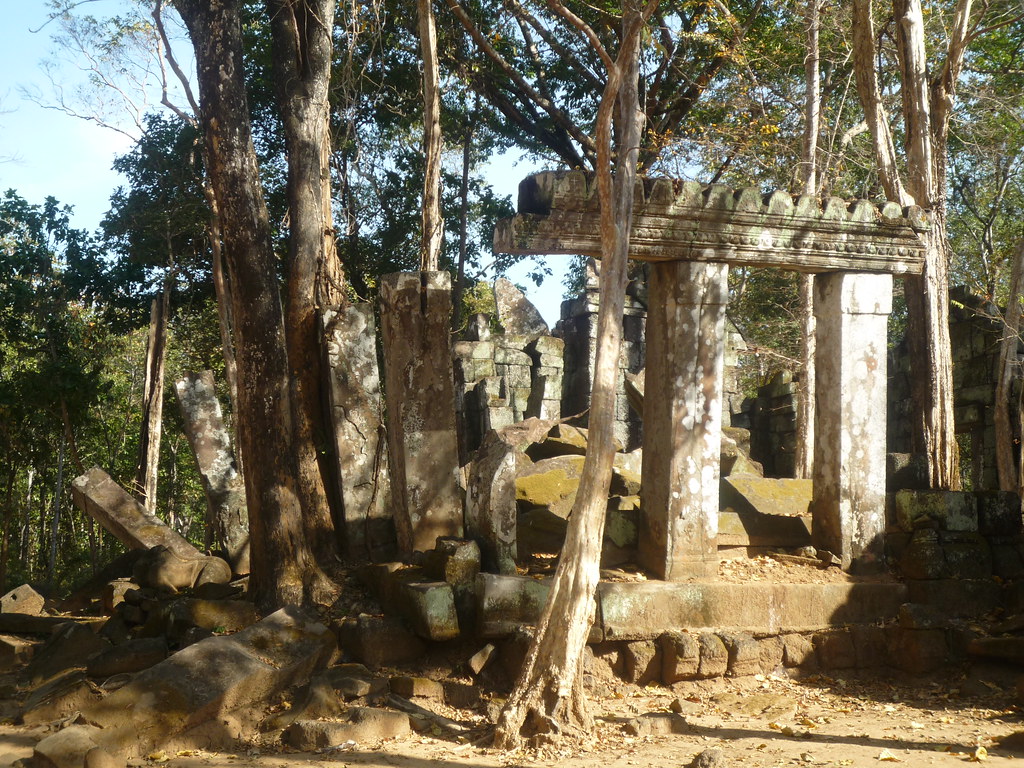
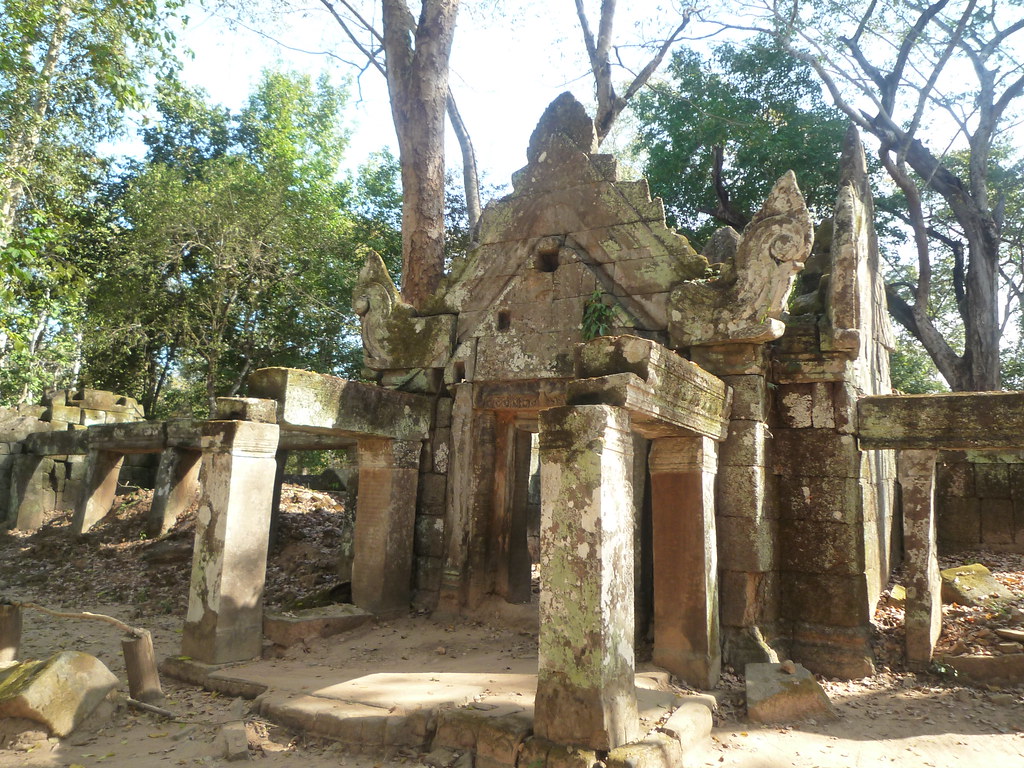
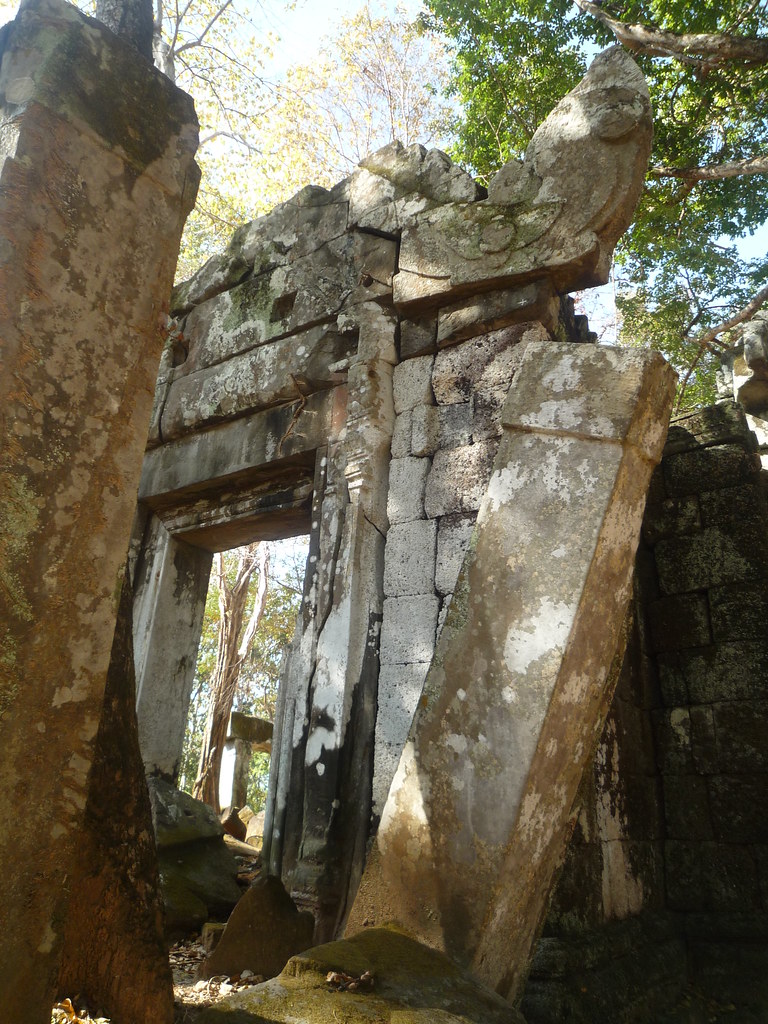
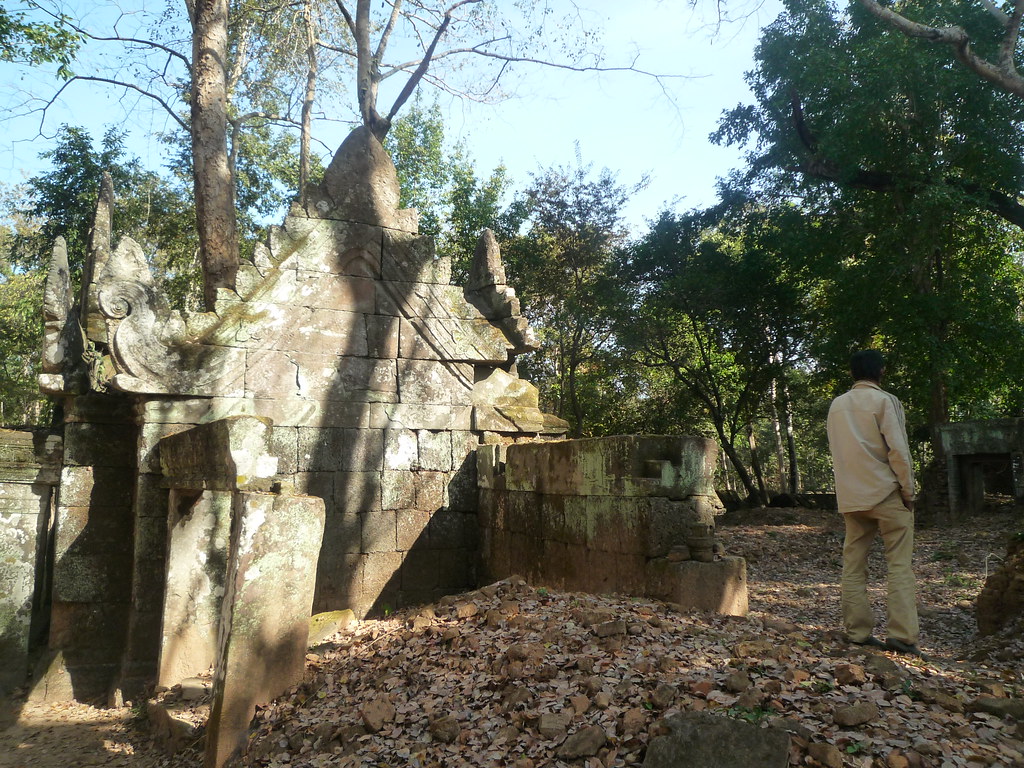
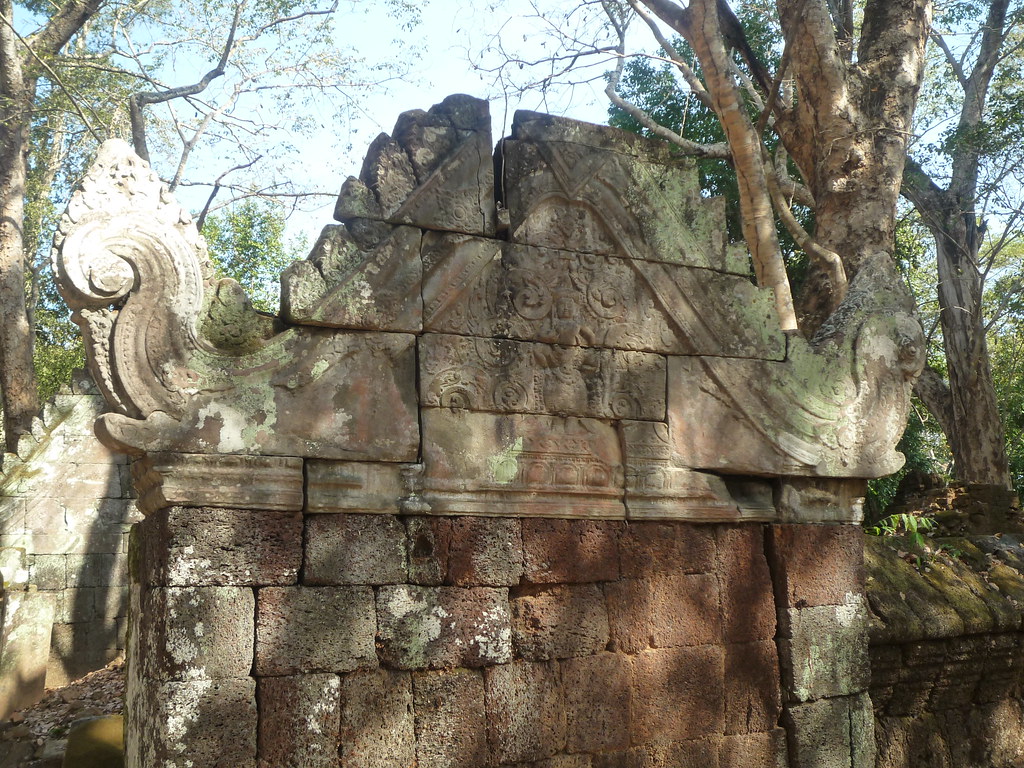


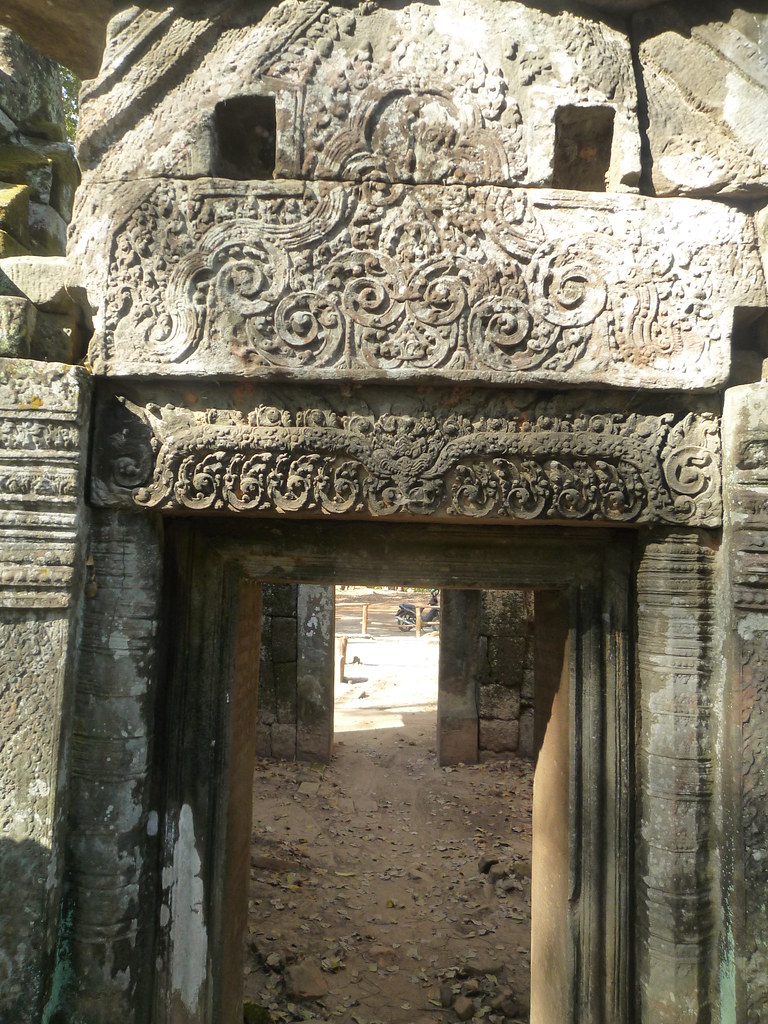
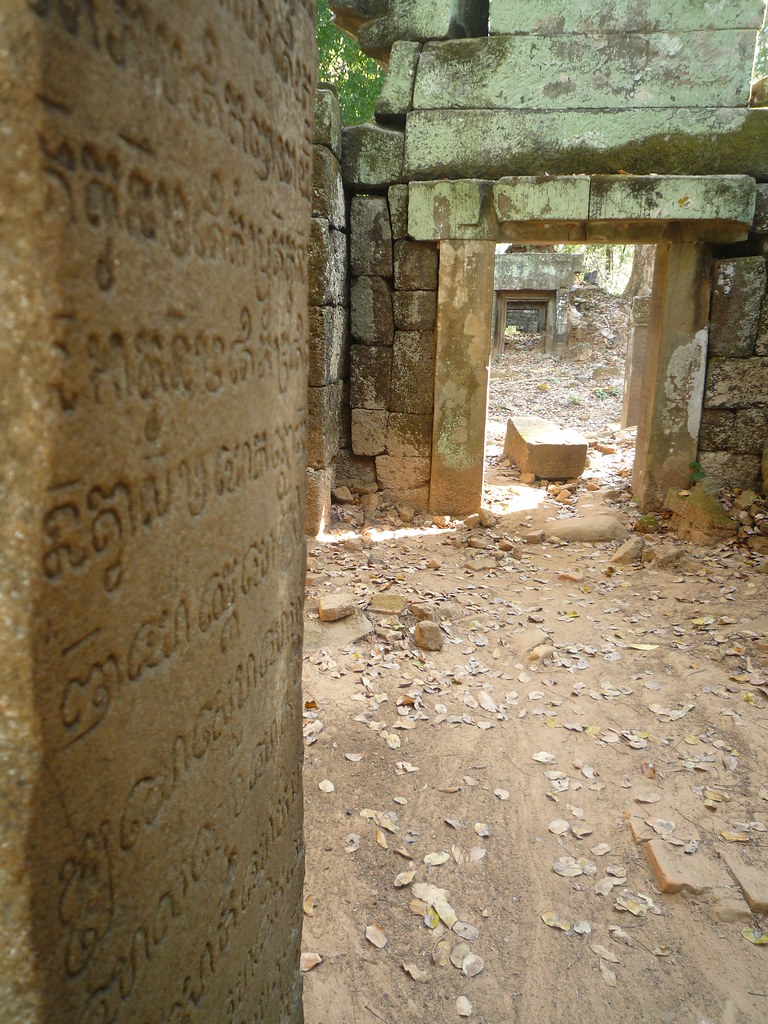

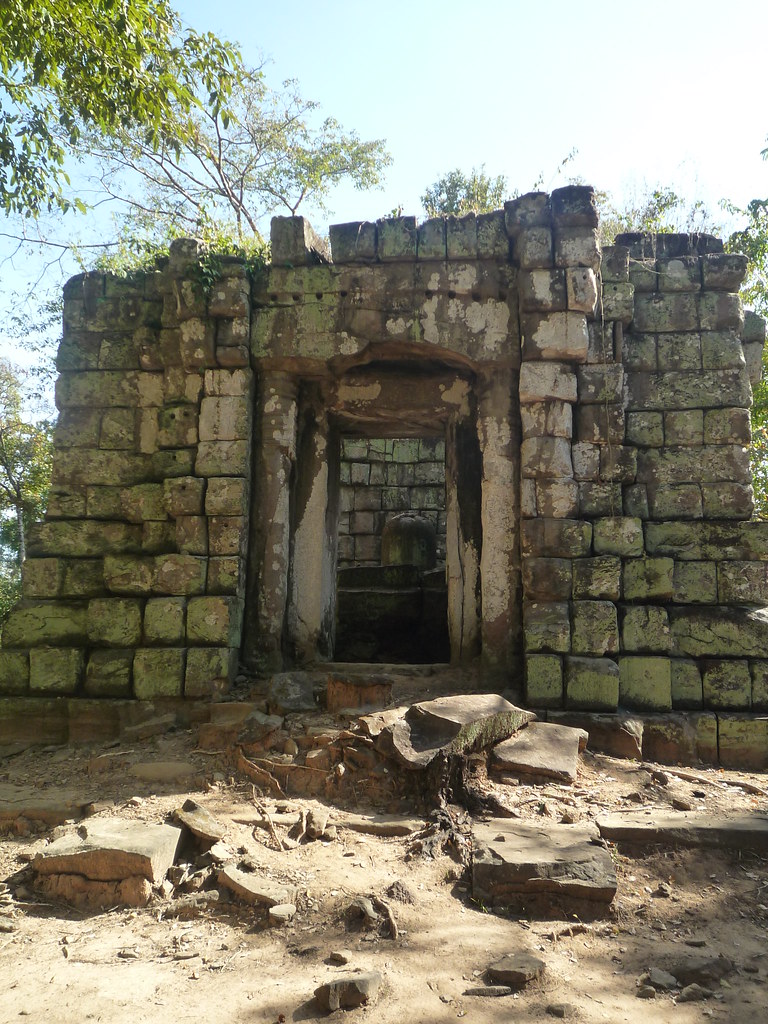
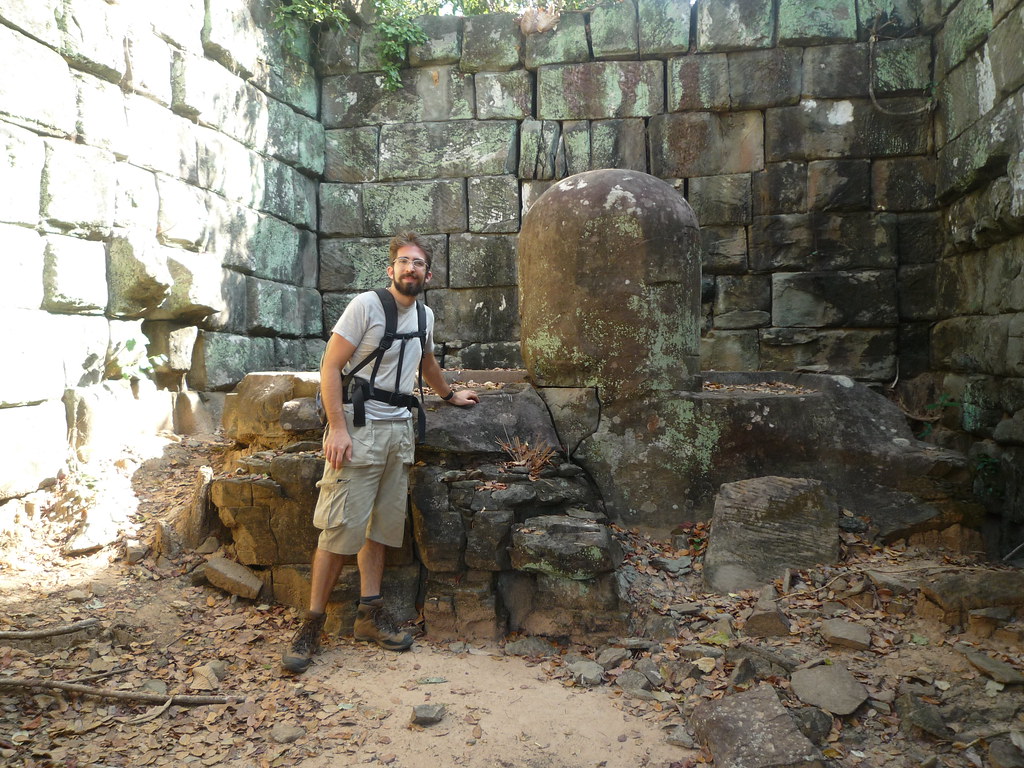
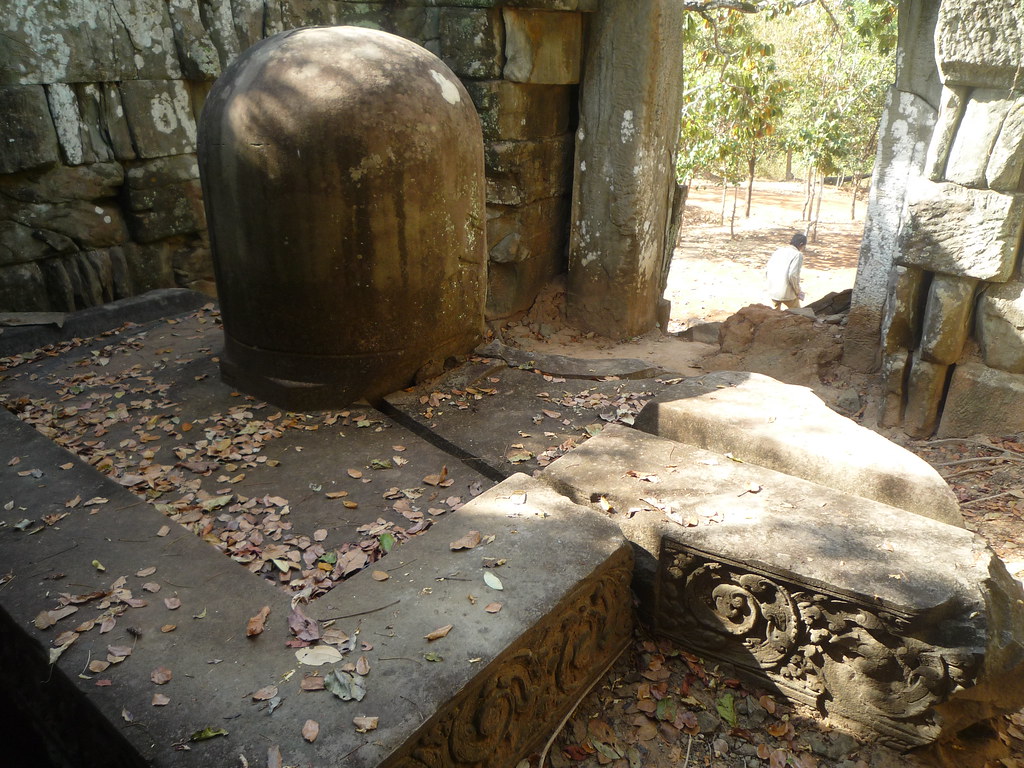
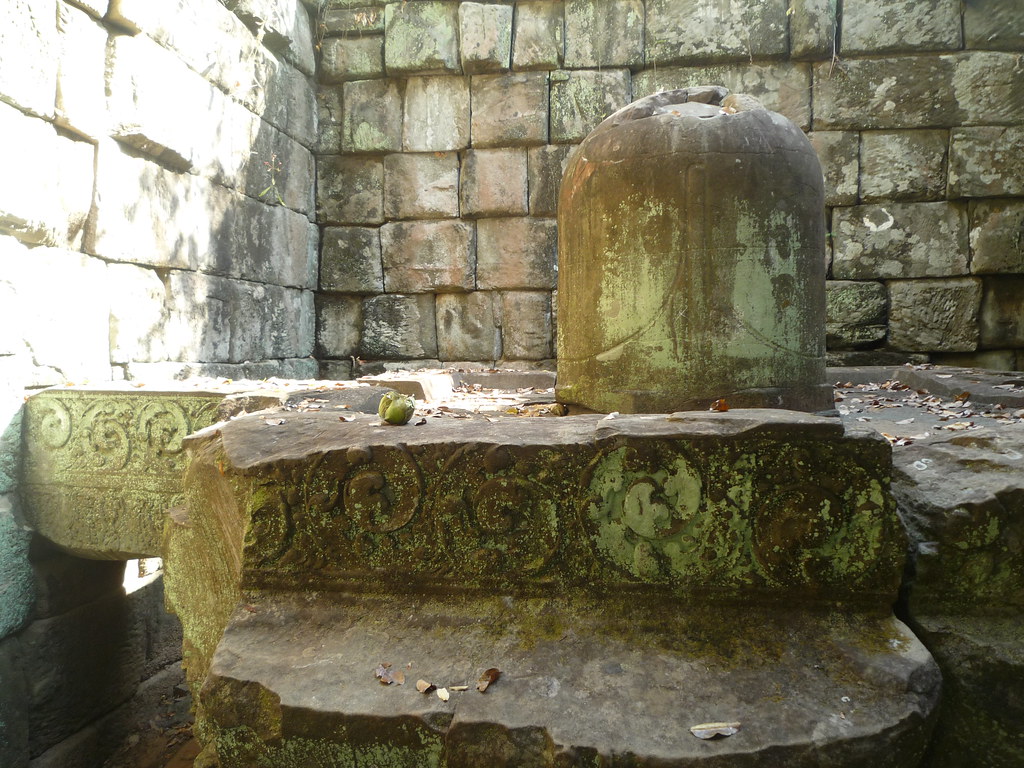
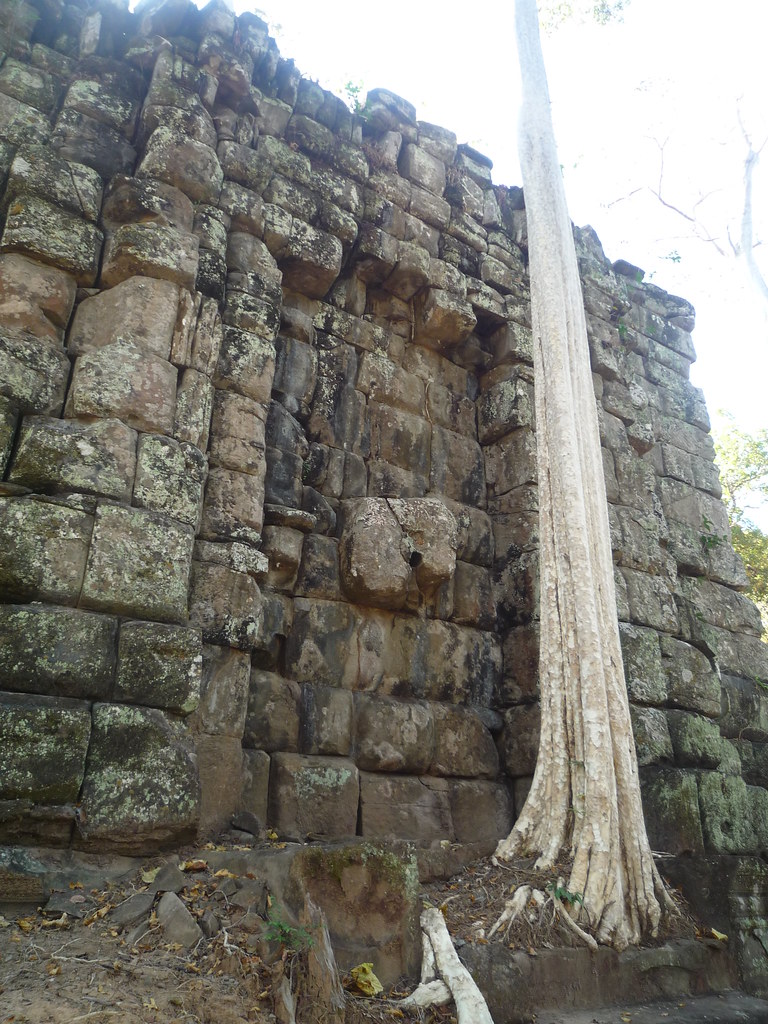
0 comments:
Post a Comment